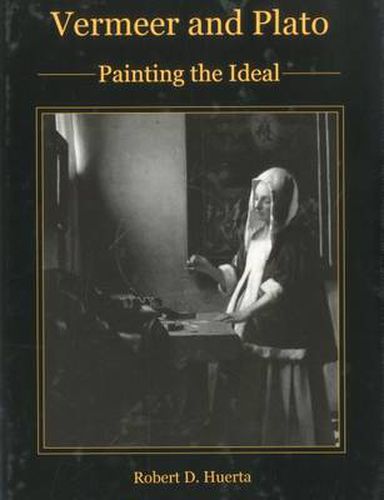Readings Newsletter
Become a Readings Member to make your shopping experience even easier.
Sign in or sign up for free!
You’re not far away from qualifying for FREE standard shipping within Australia
You’ve qualified for FREE standard shipping within Australia
The cart is loading…






In a study that sweeps from Classical Antiquity to the seventeenth century, Robert D. Huerta explores the common intellectual threads that link the art of Johannes Vermeer to the philosophy of Plato. Examining the work of luminaries such as Plotinus, Nicholas of Cusa, St. Augustine, Ficino, Raphael, Keller, Galileo, Descartes, and Hoydens, Huerta argues that the concurrence of idealism and naturalism in Vermeer’s art reflects the Dutch master’s assimilation of Platonic and classical ideals, concepts that were part of the Renaissance revival of classical thought. Pursuing a Platonic path, Vermeer used his paintings as a visual dialectic, as part of his program to create a physical instantiation of the Ideal. This book is the result of years of reflection on the creative commonalities to be found in signal art and pioneering scientific discoveries.
$9.00 standard shipping within Australia
FREE standard shipping within Australia for orders over $100.00
Express & International shipping calculated at checkout
In a study that sweeps from Classical Antiquity to the seventeenth century, Robert D. Huerta explores the common intellectual threads that link the art of Johannes Vermeer to the philosophy of Plato. Examining the work of luminaries such as Plotinus, Nicholas of Cusa, St. Augustine, Ficino, Raphael, Keller, Galileo, Descartes, and Hoydens, Huerta argues that the concurrence of idealism and naturalism in Vermeer’s art reflects the Dutch master’s assimilation of Platonic and classical ideals, concepts that were part of the Renaissance revival of classical thought. Pursuing a Platonic path, Vermeer used his paintings as a visual dialectic, as part of his program to create a physical instantiation of the Ideal. This book is the result of years of reflection on the creative commonalities to be found in signal art and pioneering scientific discoveries.